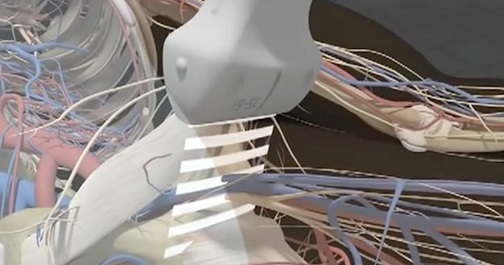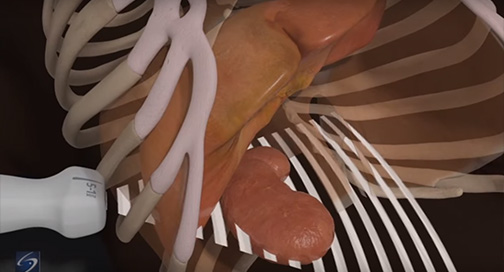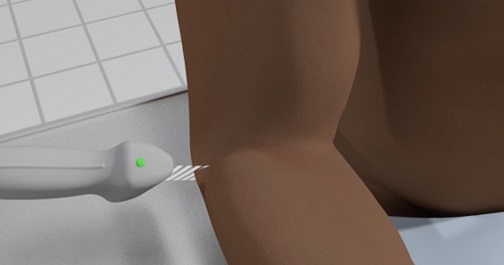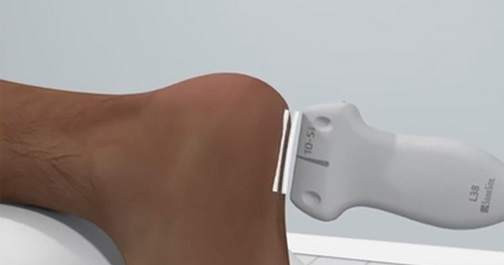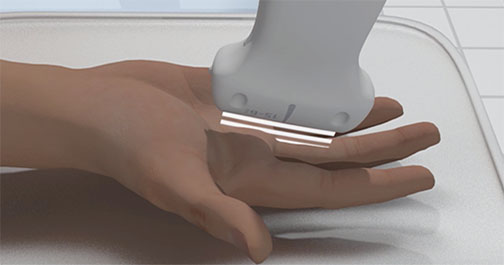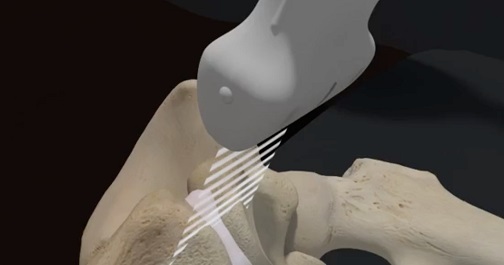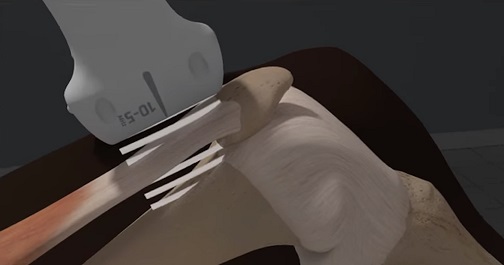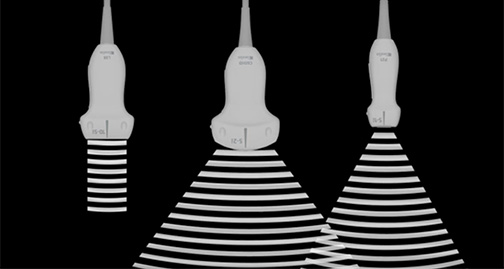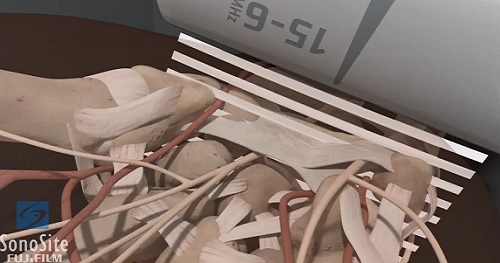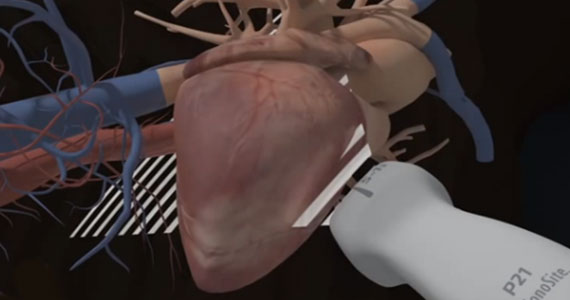
Cardiac Imaging 1
How do you angle the transducer to get a Parasternal Long Axis (PLAX) view of the heart in the Emergency Department? Which kind of transducer should you use? How is the cardiology orientation different? And how, exactly, do you measure fluid responsiveness using the Inferior Vena Cava (IVC)?
Cardiac Imaging 1 introduces these questions (and answers!), and much more. Develop an understanding of how emergency medicine and cardiology applications differ, and test your knowledge of different views of the heart.




